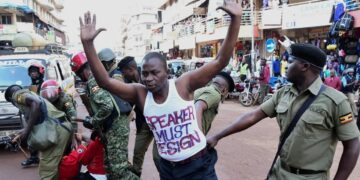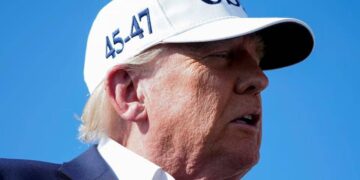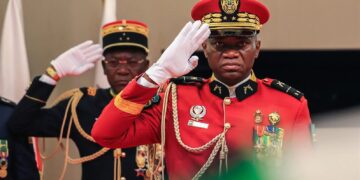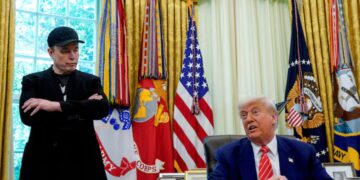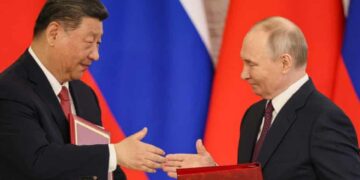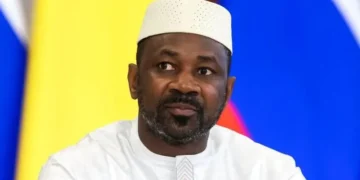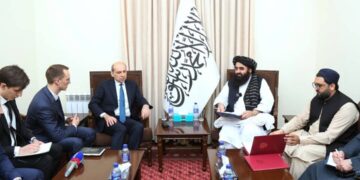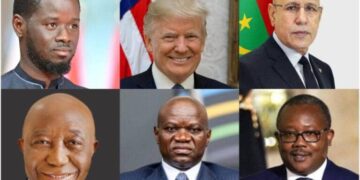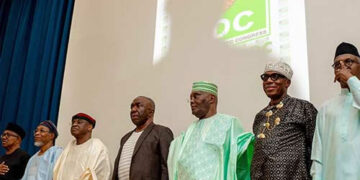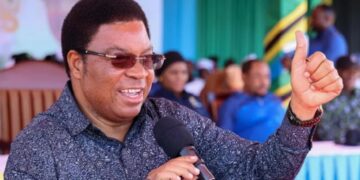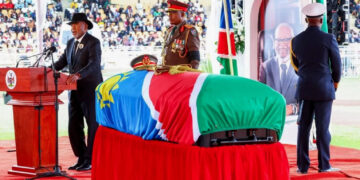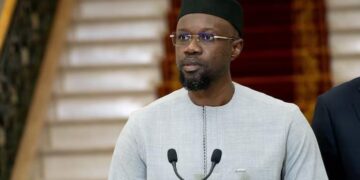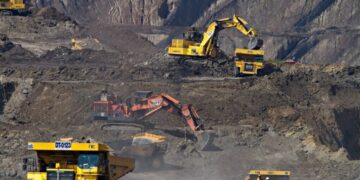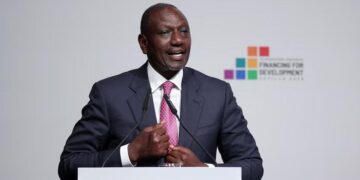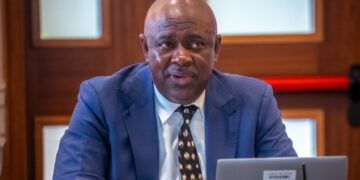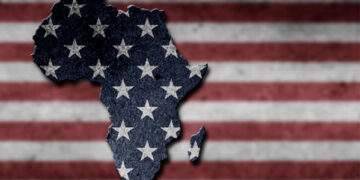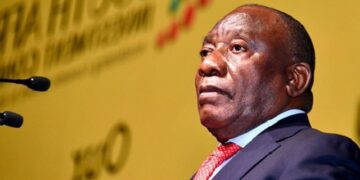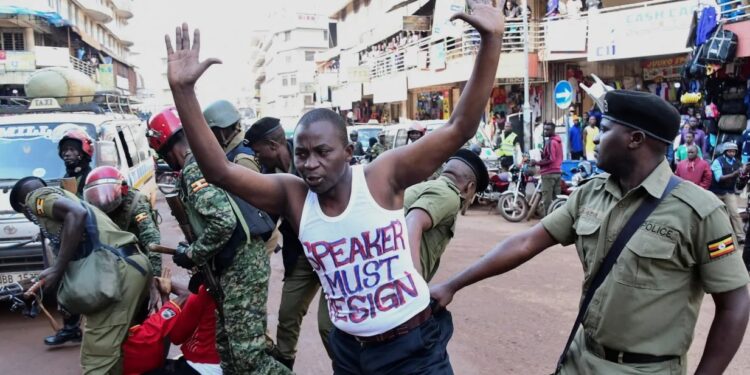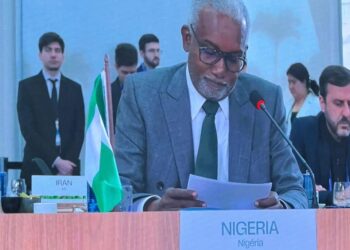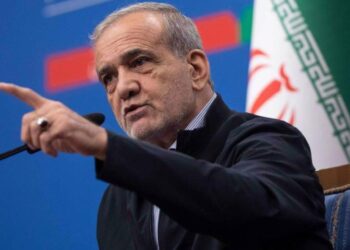By John Ikani
Ugandan authorities clamped down on anti-corruption demonstrations in Kampala, arresting scores of participants.
The banned rally mirrored ongoing youth-led protests in neighbouring Kenya, which have rattled the Kenyan government for weeks.
Police dispersed and detained individuals from small groups marching and chanting anti-corruption slogans across the city.
Police spokesperson Kituuma Rusoke justified the crackdown, stating authorities wouldn’t “allow a demonstration that will risk peace and security.”
President Yoweri Museveni, Uganda’s leader for nearly four decades, had previously warned protesters in a televised address that they were “playing with fire.”
On Monday night, Ugandan authorities escalated tensions by arresting several opposition MPs from the National Unity Platform at their headquarters. As Tuesday’s rallies materialized, more arrests followed in Kampala.
Social media posts preceding the rally urged demonstrators to march towards parliament, but police blocked access roads. Corruption runs deep in Uganda, with public officials implicated in numerous scandals. The country ranks a dismal 142nd out of 180 on Transparency International’s Corruption Perceptions Index.
Uganda’s call to action against corruption arose primarily online, inspired by the massive anti-government movement shaking Kenya’s presidency and capturing global headlines.
Meanwhile, Kenya’s protests entered their sixth week on Tuesday. In Nairobi, demonstrators marched through the central business district, waving Kenyan flags, blowing whistles, and chanting slogans demanding an end to corruption and President Ruto’s resignation.
Pro-government counter-protests emerged, with groups primarily composed of motorcycle taxi riders, known as boda bodas, expressing support for the president. Their message: “Let us give our president time.”
Police deployed across major towns in Kenya. Protesters initially planned to march to the nation’s main airport, Jomo Kenyatta International Airport (JKIA), but confirmation of the march remained unclear.
Social media posts urged participants to “OccupyJKIA” and cause a “total shutdown.” Police cautioned against trespassing at the airport. Acting Inspector General Douglas Kirocho urged demonstrators to “refrain from attempting to enter or interfere with protected areas.”
The Kenya Airports Authority advised travellers to arrive at JKIA well in advance to avoid delays due to heightened security checks.
The Kenyan protests, which initially targeted a proposed tax increase bill, have morphed into broader demands for reform, accountability, and ultimately, President Ruto’s ouster.
These demonstrations have presented Ruto with his most significant challenge since assuming office in Kenya, a nation considered one of Africa’s most stable and prominent economies.
In a partial concession to the protests, Ruto dismissed his entire cabinet earlier this month, excluding the foreign minister. However, on Friday, he nominated a new cabinet, including six individuals previously dismissed.
The initially peaceful protests on June 18th turned violent after a death in the early days. The Kenya National Commission on Human Rights reports at least 50 fatalities, 413 injuries, 682 arbitrary detentions, and 59 disappearances linked to the demonstrations. Police recently alleged that criminals had infiltrated the protests.
Over the weekend, a resolute President Ruto vowed to quell the protests. “I have given everyone a chance to express themselves. It cannot continue this way,” he declared while addressing residents of Bomet county. “Moving forward, we will protect the nation, protect life, stop the looters. I promise you, it’s going to stop.”
